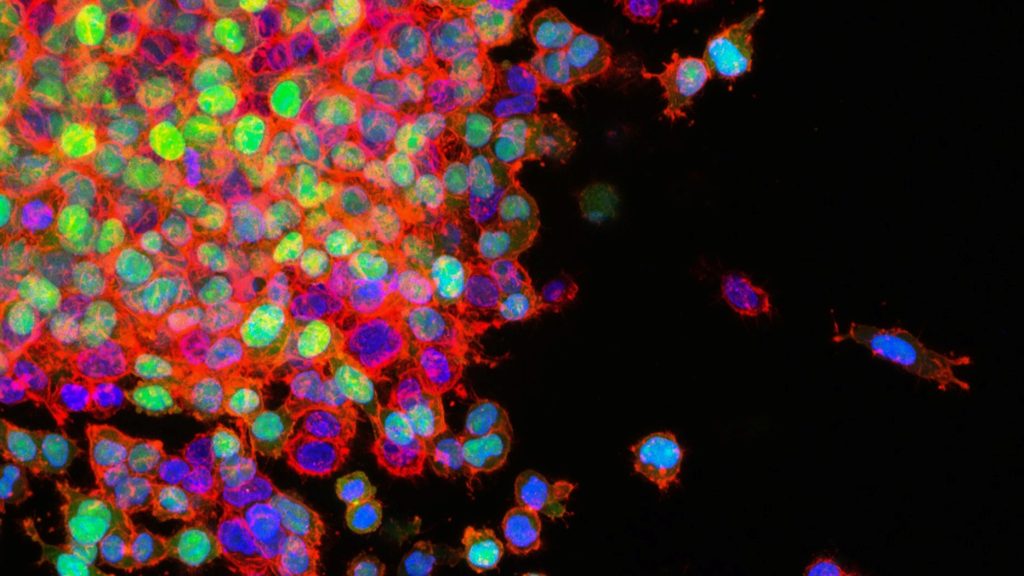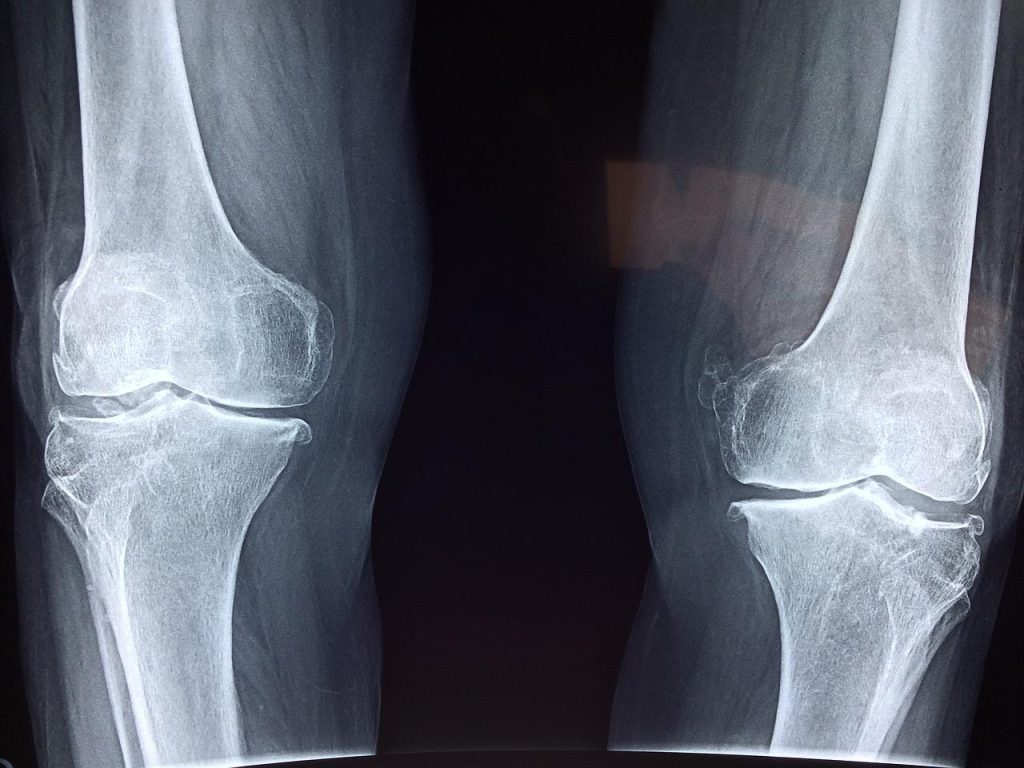Flu Vaccine May Reduce Ischaemic Stroke Risk

Receiving an annual flu vaccination may be linked to a reduction in risk of ischaemic stroke, according to a study which appears online in the journal Neurology.
“Studies have shown that getting the flu increases your risk of having a stroke, but research is still being collected on whether getting the flu vaccine can help protect against a stroke,” said study author Francisco J. de Abajo, MD, MPH, PhD, of the University of Alcalá in Madrid. “This observational study suggests that those who have a flu shot have a lower risk of stroke. To determine whether this is due to a protective effect of the vaccine itself or to other factors, more research is needed.”
In their study, the researchers accessed a health care database in Spain, identifying 14 322 participants aged 40 years and over with a first stroke over a 14-year period. Each person who had a stroke was matched to five people of the same age and sex who did not have a stroke.
Then the researchers looked at whether people had received the influenza vaccine at least 14 days before the stroke or before that same date for those who did not have a stroke.
A total of 41.4% of those who had a stroke had received the flu vaccine, compared to 40.5% of those who did not have a stroke – seemingly indicating that the flu jab added to risk. But those vaccinated were more likely to be older and to have other stroke risk factors such as hypertension and high cholesterol. Once these were adjusted for, the researchers found that those who received a flu shot had a 12% reduced stroke risk.
The pneumonia vaccine was also investigated for any effect on the risk of stroke, but none was found.
“These results are yet another reason for people to get their yearly flu shot, especially if they are at an increased risk of stroke,” de Abajo said. “To be able to reduce your risk of stroke by taking such a simple action is very compelling.”
Since the study was observational, it only shows an association and cannot prove a causal link. Other unmeasured factors could also mediate stroke risk,
Source: American Academy of Neurology




